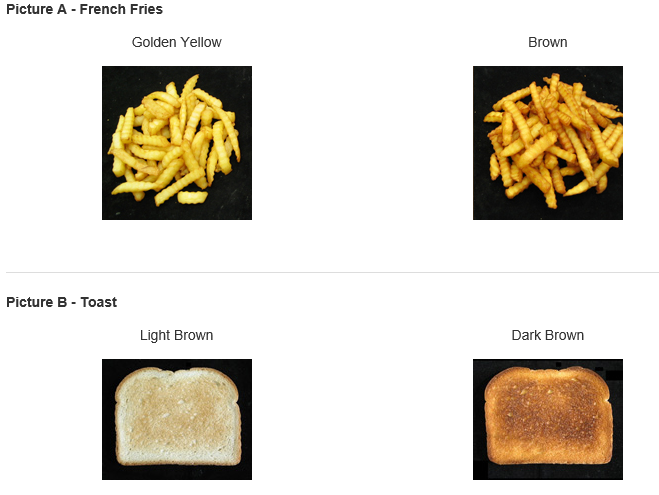
What is Acrylamide?
According to FDA, Acrylamide is a chemical that can form in foods during high temperature cooking processes such as frying, roasting and baking. Acrylamide in food forms from sugar and an amino acid that are naturally present in food. It does not come from food packaging or the environment.
Is Acrylamide dangerous?
Food Standards Agency (UK), confirm that the laboratory tests show that Acrylamide in diet can cause cancer in animals. Scientists agree that it can cause cancer to humans as well.
How is it formed in foods?
It is formed when foods rich in starch are fried, toasted or roasted at high temperatures for long period of time that it becomes dark brown.
Well, chemically this is what happens:-
Acrylamide is produced when asparagine, an amino acid found abundantly in cereals, grains and starchy vegetables get heated to 100 degrees centigrade (212 degrees Fahrenheit) with either two of the sugars, glucose or deoxy-glucose (together by Nestle, P&G, University of Reading).
The browning of starch-rich foods when baked or fried need not just be by Millard Reaction. Scientists at P&G suggest that they undergo an alternative chemical pathway that results in loss of carbon dioxide through natural metabolic processes known as Enzymztic Decarboxylation. It has to be noted that this occurs only when the starchy food is fried or baked above 100 degrees centigrade. American Cancer Society assures that boiling and steaming do not produce acrylamide.
What foods contain acrylamide?
Foods rich in starch that get grilled, baked, fried, roasted or toasted contain acrylamide.
Examples: roasted potatoes and root vegetables, chips (potato, banana, jackfruit fried to dark brown), crisps, french fries, taco shells, toast, cakes, biscuits, cereals, coffee, dark brown sugar, popcorn, pooris, samosa, papad, lahya. Acrylamide is not associated with meat, dairy and seafood.
What is being done by the Governments?
1. FSSAI is in progress regarding the 'limits of acrylamide as a contaminant in food chain'.
2. FDA has initiated a no. of activities on acrylamide including guidance to food industries.
3. FSA has come up with a set of activities such as publishing annual monitoring data for acrylamide in foods to advising people on how to cook food at home reducing acrylamide formation.
4. EFSA along with WHO have assessed the risk posed by acrylmide. As it is not possible to establish safe level exposure to quantify acrylamide risk, EFSA have opted Margin of Exposure (MOE) approach. It indicates the level of health concern posed by a substance present in food.
What are the steps taken by the food industry?
1. Popular food giants are experimenting various techniques to reduce or eliminate acrylamide in their products. Such as addition of amino acids, herb rosemary, acid treatments etc.
2. Genetically modified potatoes that are low in asparagine and reducing sugars.
How to minimize acrylamide at home?
1. Limit consumption of foods that are prone to acrylamide formation when cooking. Especially french fries and chips. FDA encourages the consumption of whole grains. Also, cook the foods to a light brown instead of dark brown to reduce acrylamide formation.
2. Toast bread to a light brown color instead of dark brown color.
3. Buy french fries which are golden yellow and not dark brown.
4. Do not stir fry potatoes to dark brown color.

4. Soak cut potatoes in water at least 15mins and pat dry prior to frying or roasting. This reduces the precursor for acrylamide formation.
5. Do not store potatoes in refrigerator. It should be stored in a dark cool place.
6. Eat healthy balanced diet.
